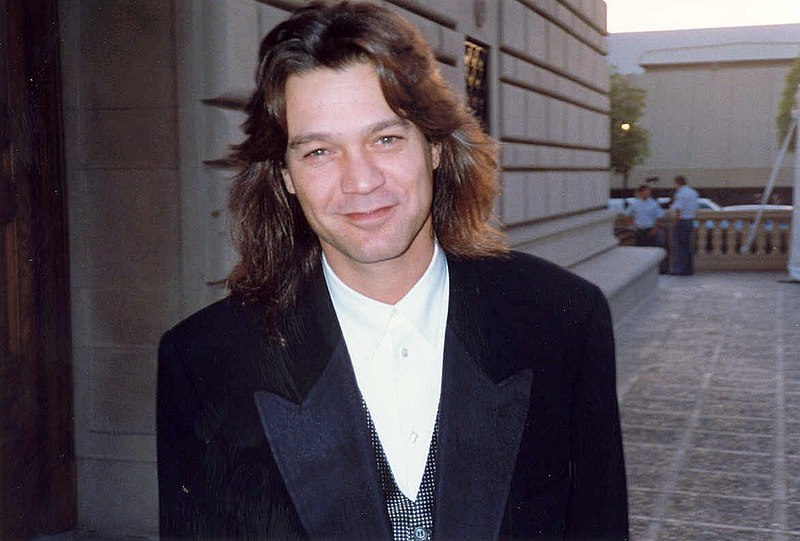The Legacy of Eddie Van Halen
In typical teenage girl fashion, when I had heard of the passing of Eddie Van Halen due to throat cancer, I thought to myself “Oh, that’s sad.” Of course I had heard the name Van Halen, they are one of the most iconic hair-rock bands ever, but my knowledge did not extend beyond that.
One day, I spoke to my dad in the car about Eddie Van Halen, since he was a cultural icon from my father’s generation. This conversation prompted me to listen to their music for myself. I then began to ponder: Who was Eddie Van Halen? What exactly was it about him that left a mark on the music industry?
Edward Van Halen was born in the Netherlands in 1955. He and his brother, Alex, were the sons of a traveling musician. Music was in their blood. The family was soon forced out of their home due to Eddie’s mother, an Indonesian woman, being unwelcome in the Netherlands due to the political atmosphere of the time.
Their newfound home of Pasadena, California would be where Eddie began his climb to rock-legend status as the brothers formed their iconic band, Van Halen.
Catching the eye of Kiss’s Gene Simmons, the band was quickly signed and recorded their first album, Van Halen. The band exploded onto the scene during the era of MTV and guys with mullets. The combination of frontman David Lee Roth’s flashy vocals and Eddie Van Halen’s guitar playing were ideal for the change the rock genre was about to see.
After listening to some of their music, I can definitely understand why so many were intrigued.
The second track off their debut album, “Eruption” is one that truly captured the attention of guitarists. In this track, Van Halen pulled from the blues and rock, creating something completely new. The piece features a famous section of two-handed tapping, a technique that Van Halen is credited with popularizing.
In fact, when I had asked my dad about Van Halen, he instantly noted his influence on the two-handed tapping. He also informed me that many believe Van Halen was the creator of the technique, but in reality, he only brought it to mainstream rock music.
What Van Halen produced had never been heard before. Esteemed music critic J.D. Considine wrote, “Unlike virtually every rock guitarist before him, he didn’t simply build upon the electric-blues vocabulary of Clapton, Beck, Page, and Hendrix—he created a whole new language, one that replaced the bluesy string bends and stinging sustain of old with screeching tremolo dive-bombs and lightning-fast hammer-ons and pull-offs. As far as guitarists were concerned, it was as if the wheel had been reinvented.”
Eddie was making waves, capturing the attention of guitarists everywhere.
Van Halen’s talents didn’t end with guitar either, the man had a knack for music despite never being classically trained or properly learning to read music. The one song that I could have named by Van Halen before doing this research, was their most popular, “Jump,” released in 1984.
The single features a heavy synth riff which was produced on a keyboard synthesizer. It also showcased Eddie Van Halen’s guitar talents during a solo, of course. That same year, Roth left the band, and Van Halen became more experimental as he reduced distortion and continued to grow musically.
His clever songwriting and ability to create a boisterous sound for the band was undeniable, as the lyrics were witty and the instrumentals were loud. This is what many fans love about the band, as there is never a dull moment listening to their music, whether it be recordings or live performances. Eddie reconstructed guitars, landing him positions with companies like Fender, changing the design of guitars overall.
To answer my own questions; Eddie Van Halen is one of the most influential guitarists of the 80s, and possibly of all time, due to his revolutionary playing style and never-ending experimentalism. He raised the bar in terms of the technical skill and creativity necessary to compete in the rock scene. Changing the use of the instrument as well as the design itself, Van Halen is undeniably an industry legend.

Amanda is a junior this year and is excited to begin her first year with the Banner. Interested in arts and pop culture, she is looking forward to writing...


